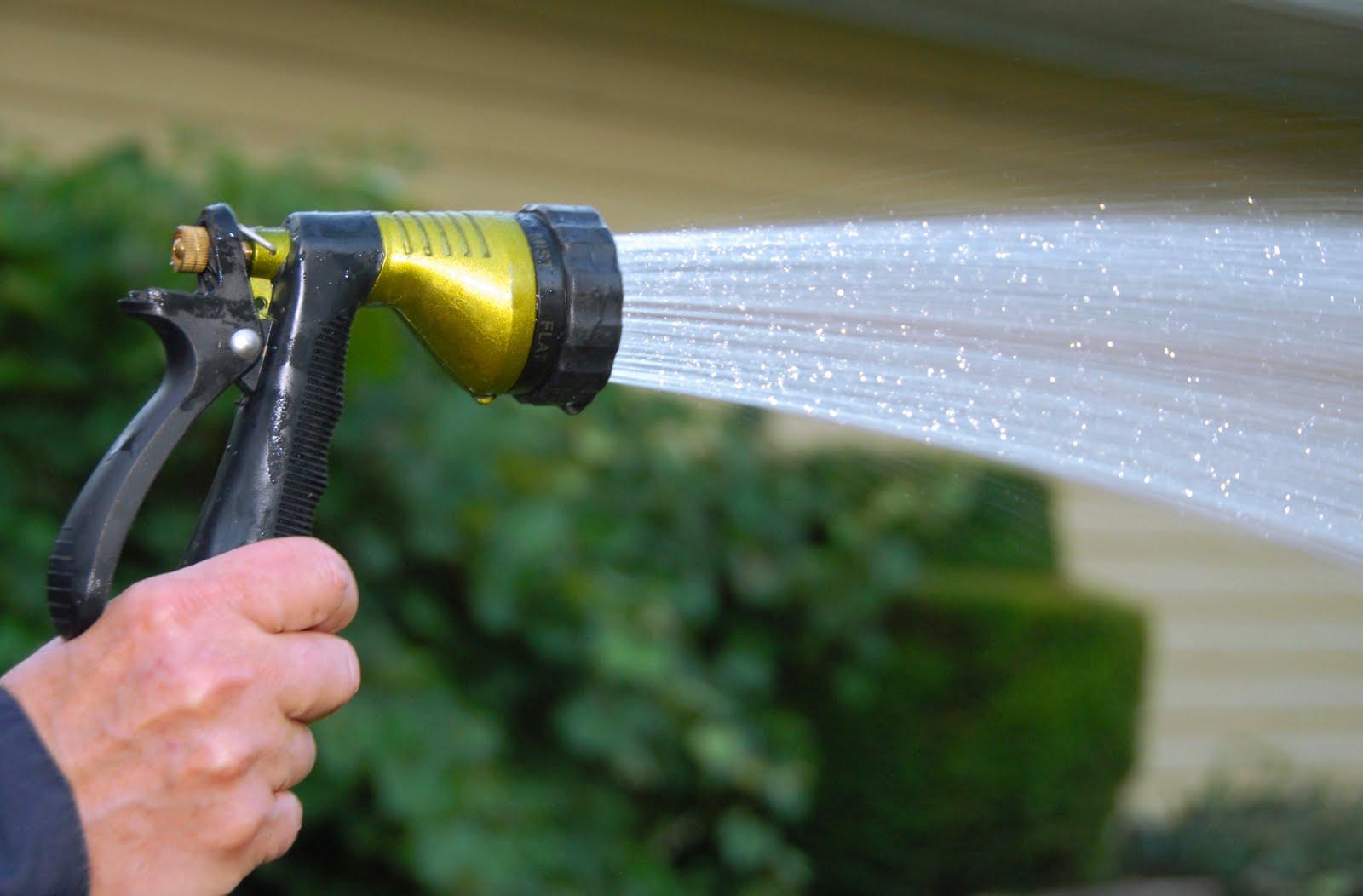Bioinsecticides Market Faces Growth Challenges Despite Growing Demand for Sustainable Pest Control Solutions

Bioinsecticides are gaining traction as a sustainable alternative to conventional chemical pesticides due to their eco-friendly nature and potential to reduce health risks. This growth is driven by increasing awareness about environmental sustainability and the growing demand for organic farming practices. However, the bioinsecticides market faces several challenges that hinder its full potential. These obstacles range from production and regulatory hurdles to market acceptance and competition from synthetic pesticides.
1. Production Constraints
The production of bioinsecticides often involves complex biotechnological processes, which can be expensive and time-consuming. The manufacturing process for these natural pest control agents typically requires high-quality raw materials, specialized facilities, and advanced scientific expertise. Unlike synthetic pesticides that can be mass-produced using relatively simple methods, bioinsecticides are often produced on a smaller scale, which limits supply and increases costs. This leads to bioinsecticides being more expensive than chemical alternatives, making them less attractive to large-scale farmers operating on tight budgets.
Furthermore, the scalability of bioinsecticide production is constrained by factors such as the dependency on specific environmental conditions, longer growth cycles for microorganisms, and the need for specialized knowledge. In some cases, the production might even be limited to certain regions or seasonal availability of ingredients, further reducing the market reach of bioinsecticides.
2. Regulatory Challenges
Bioinsecticides, although derived from natural sources, still need to undergo regulatory scrutiny before they can be marketed. The approval process can be lengthy and expensive, requiring extensive testing to ensure safety and efficacy. Each country has its own set of regulations and procedures for approving new bioinsecticide products, which adds complexity for companies aiming to enter international markets.
Moreover, the lack of harmonized global standards complicates trade and market expansion for bioinsecticide manufacturers. Some countries may have stringent requirements that delay product approvals or increase costs. In contrast, other nations may not have clear regulatory frameworks for bioinsecticides, leaving them vulnerable to inconsistent quality or safety concerns that could harm the industry's reputation.
3. Market Acceptance and Awareness
Despite the advantages of bioinsecticides, there is a general reluctance among some farmers to switch from conventional chemical pesticides to these natural alternatives. This is partly due to a lack of awareness about the benefits and effectiveness of bioinsecticides. Farmers accustomed to the immediate results of chemical pesticides may be hesitant to adopt bioinsecticides, which can require more time to show noticeable results or may not be as powerful in some cases.
Additionally, many farmers are skeptical of the claimed benefits of bioinsecticides due to concerns over their cost-effectiveness, particularly for large-scale operations. Bioinsecticides often require multiple applications, which may seem less convenient than chemical pesticides that provide long-lasting effects with a single treatment. As such, convincing farmers to adopt bioinsecticides on a wide scale requires educating them about long-term benefits such as soil health, reduced pesticide resistance, and improved biodiversity.
4. Competition from Chemical Pesticides
Despite growing demand for sustainable farming practices, chemical pesticides still dominate the global pest control market due to their affordability, effectiveness, and widespread availability. These chemicals are formulated to kill a broad range of pests quickly, providing an immediate solution for farmers. Bioinsecticides, on the other hand, are more selective in the pests they target and may take longer to yield results.
The persistence of chemical pesticides in the market makes it difficult for bioinsecticides to establish themselves as the go-to alternative. Many farmers, particularly in regions with high pest pressure, may choose chemical pesticides simply for their immediate and wide-reaching efficacy, even though these chemicals can cause long-term harm to the environment and human health.
Additionally, the high cost of bioinsecticides compared to synthetic options acts as a significant barrier for farmers, especially those operating on a large scale where cost-efficiency is paramount.
5. Challenges in Product Development
While the bioinsecticide industry is evolving, the development of new and more effective formulations remains an ongoing challenge. Many bioinsecticides rely on microorganisms, natural toxins, or plant-based compounds, but finding the right blend of efficacy, safety, and shelf-life stability is not always straightforward. Developing products that are stable under various environmental conditions and maintain their effectiveness over time can be complex and resource-intensive.
Moreover, research into new bioinsecticide formulations is often underfunded compared to chemical pesticides, as private sector investments tend to focus more on conventional chemicals due to their established market dominance. This limits the pace at which innovation can occur in the bioinsecticides space, further slowing market adoption.
Conclusion
Despite the clear advantages of bioinsecticides, including sustainability and reduced environmental impact, several challenges continue to impede their widespread adoption. Overcoming production constraints, navigating complex regulatory frameworks, and increasing market acceptance are just a few of the hurdles that need to be addressed for bioinsecticides to achieve their full potential. However, as awareness grows and technology advances, the bioinsecticides market is likely to see continued growth in the coming years.
- Art
- Causes
- Crafts
- Dance
- Drinks
- Film
- Fitness
- Food
- Spiele
- Gardening
- Health
- Startseite
- Literature
- Music
- Networking
- Andere
- Party
- Religion
- Shopping
- Sports
- Theater
- Wellness


